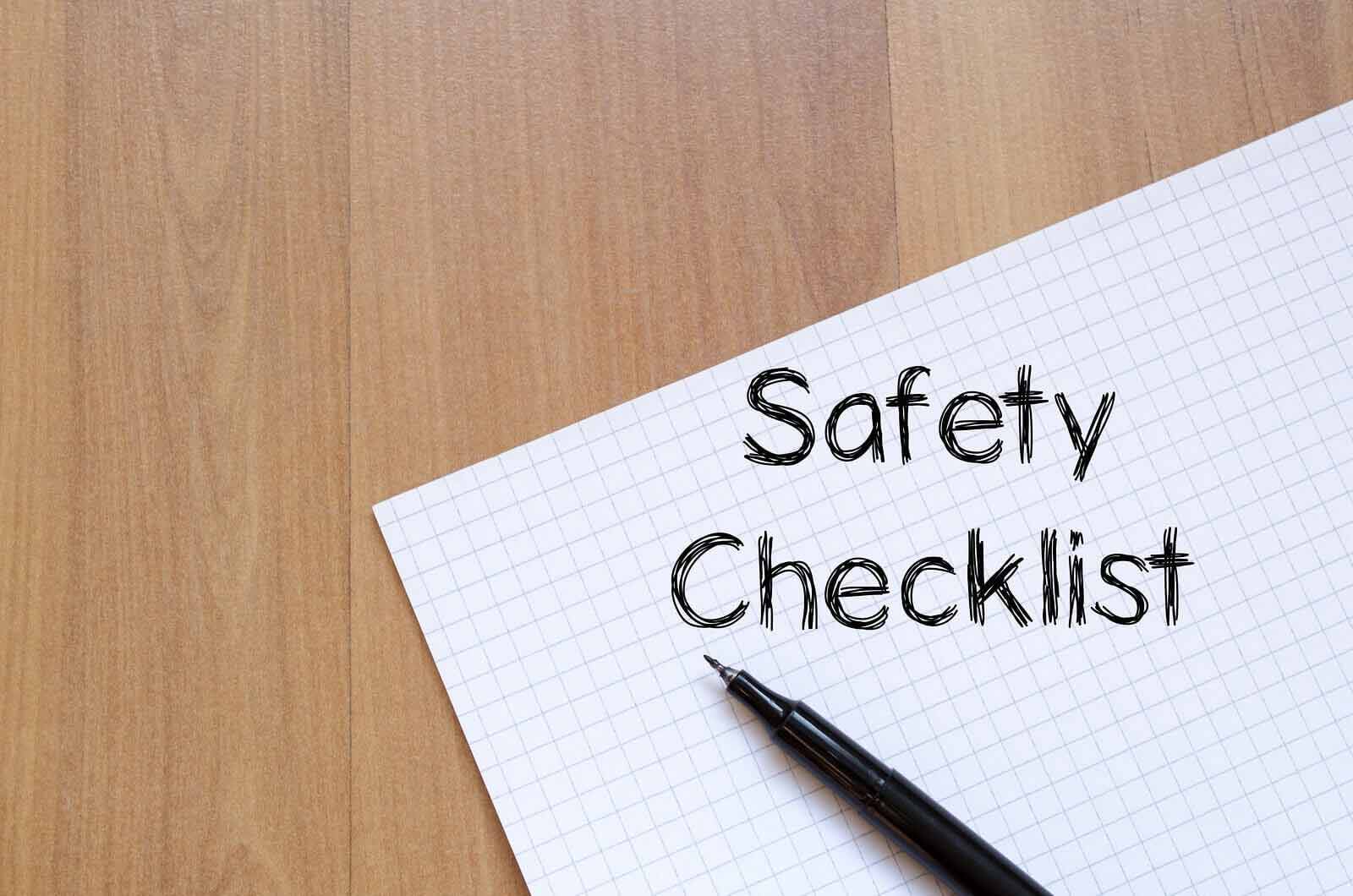
Forklift Safety Training: The Importance of Inspection Checklists
Forklift Safety Training: The Importance of Inspection Checklists
When to Perform Inspections
When you go through forklift safety training, you’re taught that forklift safety inspections should be performed before every single shift. This does not mean that one safety inspection per day is all that is required. If there are multiple shifts per day, each operator must perform an inspection before their shift begins. This ensures the safety of the operator and everyone working in the space around them. These pre-shift checks can also help to prevent warehouse accidents that may damage goods or products. There are two types of pre-shift checks that must be done: a visual check and an operational pre-use check.

Visual Check
The visual check is to be done before you start the forklift. During this check, you are going over the general condition of the forklift:
- Tires: Check tires for any noticeable damages like cuts or gouges. Ensure the tire pressure is at the optimum level for pneumatic tires.
- Fluid Levels: Make sure that all fluid levels including oil, fuel, or water are where they need to be.
- Battery: Ensure the battery is fully charged. Check for exposed wires or loose cable connectors.
- Forks and Mast: Check for any physical damage to the forks or mast of the forklift including bends or cracks.
- Seatbelt: Every sit-down forklift needs a seatbelt. Make sure it is working and there are no rips or tears.
Operational Pre-Use Check
The operational pre-use check is to be conducted when you turn the forklift on, before operating the lift. This check should include:
- Lights: Ensure that both the headlights and warning lights are operational.
- Horn: Test the horn to make sure it is loud and clear.
- Hydraulic Hoses: Check to make sure they are secured.
- Hour Meter & Gauges: Check to see if meters and gauges are working correctly.
- Brakes: Check the breaks to ensure they stop the lift smoothly. Test the parking brake to see if it can hold against a slight acceleration. Double check the handbrake to make sure it is operational.
- Hydraulic Controls: Ensure both the lift mechanism and tilt mechanism are operating smoothly by raising the forks all the way up and all the way back down, as well as tilting the mast all the way forward and then back again.
- Steering: Turn the wheel to the left and to the right, making sure the wheels of the lift respond correctly.
- Unusual Noises: Listen for abnormal sounds coming from the forklift.
If any issues are found during these pre-shift checks, they must be reported and the forklift in question must be taken out of commission until the issues are resolved.

Workplace Check
Before you start operating the lift truck, you should always do a workplace check as well. A workplace inspection ensures that your work environment is clear of any obstructions and safe for operation. During this check, you should keep these things in mind:
- Ground Conditions: Make sure you’re aware of the ground conditions in the warehouse. Look out for any slopes, spills that cause the floor to be slippery, or ledges that could get in the way of the lift or cause it to tip over.
- Overhead Obstructions: Ensure that there are no overhead obstructions low enough to impede the forklift or the load being carried.
- Personel: Be aware of how many people are currently working in the warehouse and know where they are at all times while operating the lift.
- Machinery: Always be aware of other forklifts operating in the same space or any other machinery that is being used during your shift.
Forklift Safety Training for Your Business
OSHA requires that these safety checks be conducted on every forklift before every single shift. These checks ensure the safety of the operators and those working around them. OSHA can and will request proof of inspections for up to four years prior. Because of this, it is recommended that you keep a good record of inspection sheets along with any corresponding repairs that were made. This way OSHA and insurance companies will know repairs were made as soon as a machine broke down. For forklifts that do not pass these inspections for any reason, it is crucial that repairs are done as soon as possible. Every company that uses forklifts in their daily operations needs to have an official checklist policy to ensure consistency and safety at all times.
At C&C Lift Truck, we understand the importance of forklift safety and we encourage our customers to have the same mindset. Download our forklift inspection checklist to ensure your business is operating safely. If one of your forklifts does not pass the inspection checklist, take it out of service right away and send it in for repairs. We offer high-quality forklift service and repair to keep your fleet running smoothly. If you need forklift service, have any questions about forklift safety or if you’re in need of forklift safety training, contact us today!


Sorry, the comment form is closed at this time.